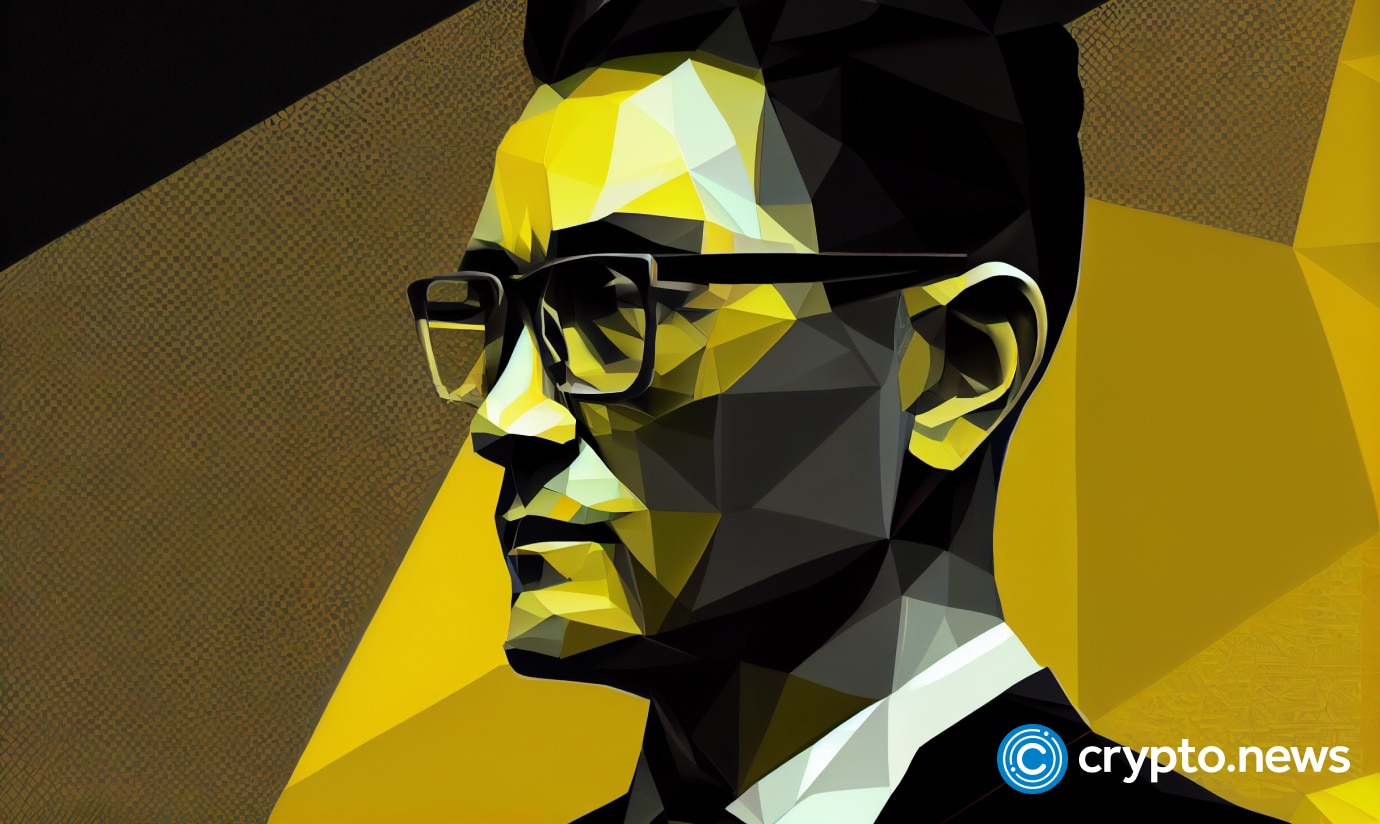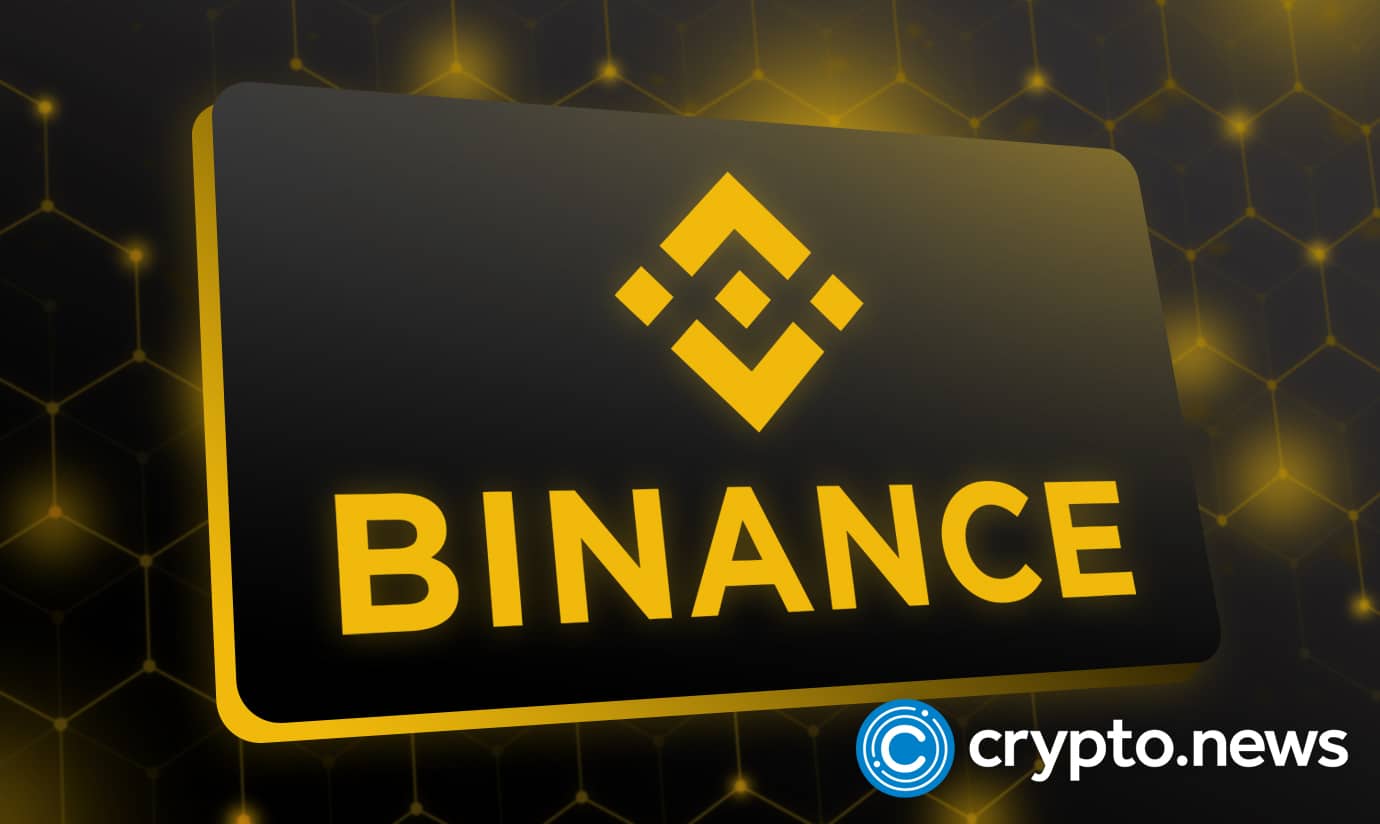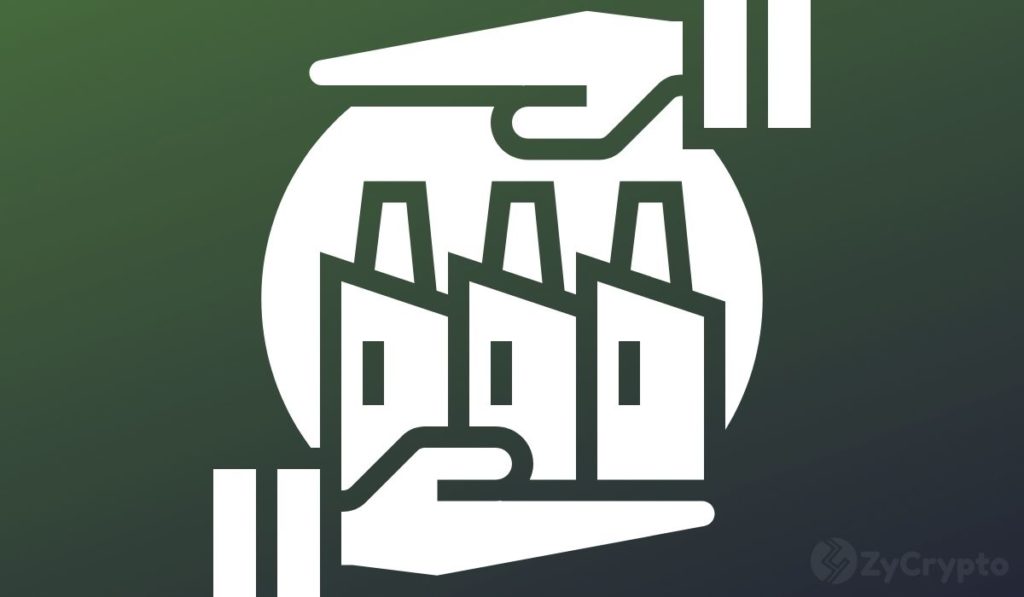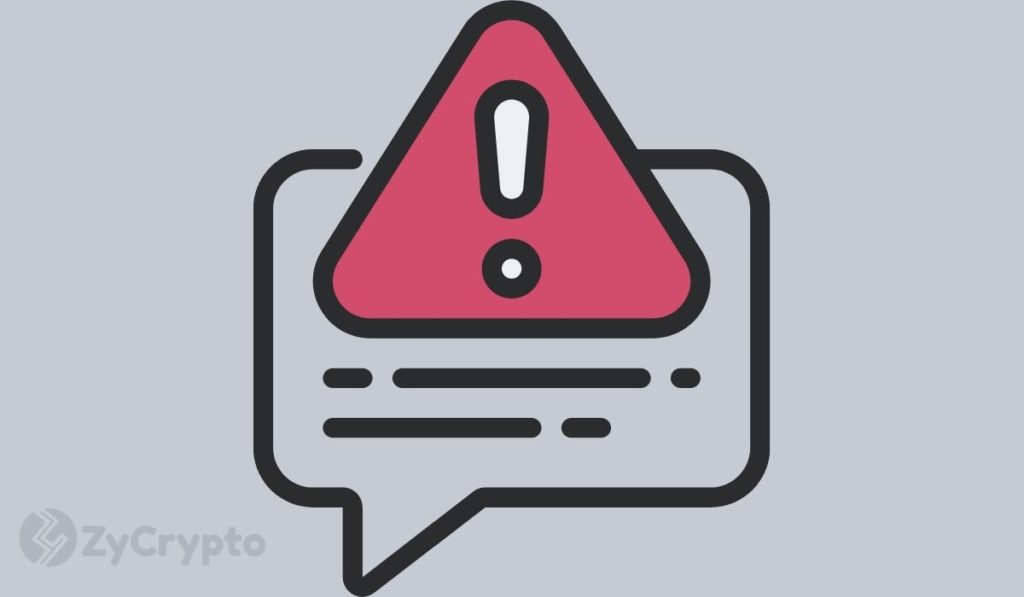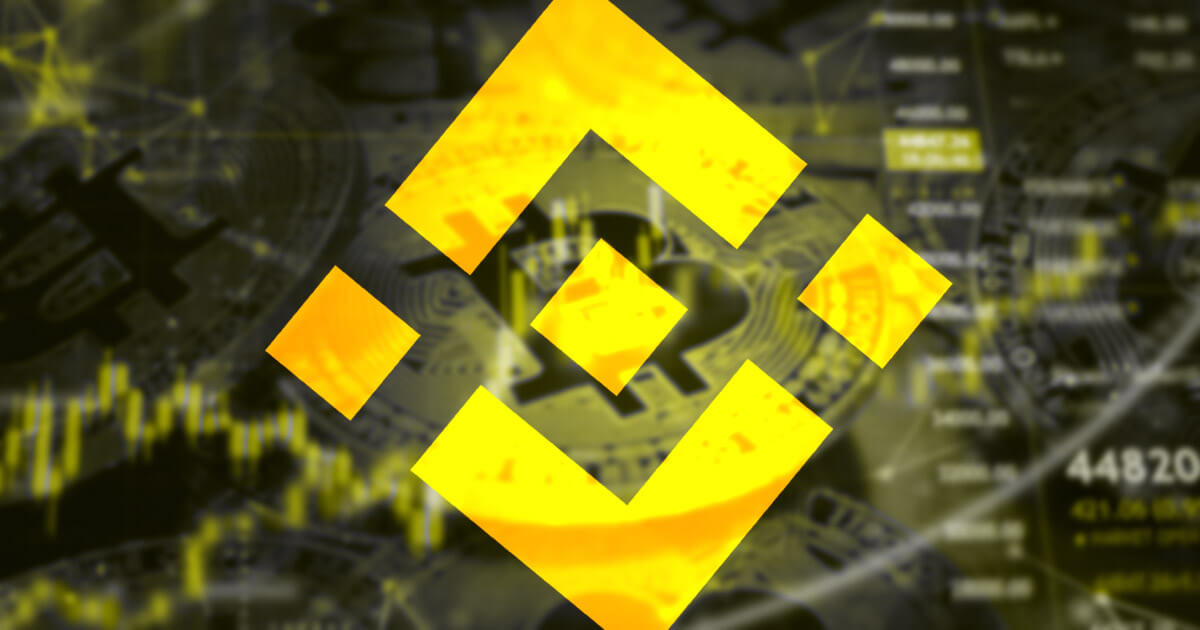2018-11-18 08:36 |
It’s tough being the biggest crypto exchange in the entire world. Yet that’s exactly what Binance has done – racking in yearly profits upwards of $500 million even as it seems to flit from one home to another as it does so. Here’s how this massive organization remains agile – and on the top of the heap.
Rocketing To The Big LeaguesBinance didn’t waste any time in getting too big for its britches. In July 2017, Binance raised $15 million in an initial coin offering and within six months had become largest cryptocurrency exchange in the world. The exchange, originally founded in China to serve the domestic market there, has now consistently been the largest by volume for nearly a year and boasts more than 10 million users across 180+ countries and regions. So how did everything happen so fast?
Climate Change: Finding The Best Place To ‘Live’Critical to its growth, Binance has always been opportunistic with regulations — much like ride-sharing giant Uber when it launched at the start of the decade. When the Chinese government cracked down on domestic cryptocurrency exchanges in September 2017, the three largest exchanges OKCoin, Huobi, and BTC China had to cease trading in China’s yuan and their executives were forbidden from leaving China and required to cooperate with the investigation.
Binance was virtually unaffected because it had never supported any buying or selling of cryptocurrency using fiat money. (The company did have to refund $6 million from ICOs that it hosted, a relative drop in the bucket.)
Soon after the crackdown, Binance got nimble, moving its headquarters and servers to Tokyo, leaving the Chinese government with no jurisdiction over the company. Binance CEO Changpeng Zhao, known as CZ, is a big proponent of regulatory competition and his company has become itinerant as a result. Throughout its existence, Binance has legally “resided” in Hong Kong, Singapore, Japan, Taiwan, Cayman Islands, and now seems to have settled in Malta. It’s a world traveler, trying to find the optimal climate — not for weather, but with respect to the fast-changing laws around crypto.
Malta, in particular, has become something of a haven for the new digital money. The tiny European island nation has earned its reputation as the “Blockchain Island,” passing three laws in July that established a regulatory framework for blockchain and cryptocurrency. Malta saw an opportunity to become the first jurisdiction to provide legal certainty to a plethora of companies interested in doing business in the crypto space. That comprehensive but light-touch approach suits Binance just fine.
A Welcoming Approach, But With Some LimitsBecause Binance has never offered trading between crypto and fiat currencies — and has always moved to the friendliest jurisdiction available — it has had some flexibility with respect to tokens that might have raised regulatory concerns. If an ICO, for example, ran afoul of SEC rules in the U.S., Binance could still make it available under the theory it wasn’t illegal where Binance was operating. This flexibility helped the company make the most out of the ICO boom where new tokens were being created almost daily.
That isn’t to say Binance just accepted every project’s token: The exchange requires a legal opinion from each project to verify the token is not a security. Still, the gap between Binance’s standard and that of others is significant. Most exchanges based in the U.S. couldn’t afford to list ICO tokens because of the regulatory uncertainty as securities tokens draw the attention of the SEC. The result: Binance currently lists 158 tokens while U.S.-based Coinbase has fewer than 10. It’s worth noting some competitors have been even more aggressive: HitBTC lists 478 tokens, OKEx 221 and Huobi 182.
It’s actually Binance’s caution that keeps them behind others in the variety of tokens lists. The company invested resources early on into a team dedicated exclusively to reviewing applications for new tokens. According to CZ, every token listed on Binance must pass a due-diligence test that examines the team and whether the project has long-term viability. While the listing process certainly hasn’t been perfect — and there have been some misses early on such as Centra — the research firm Diar found in March that tokens listed on Binance have retained their gains significantly better than tokens listed on HitBTC, OKEx and Huobi.
Still, critics have hit back at the performance of some of Binance’s listings. CZ was interviewed by Laura Shin on her Unchained podcast and she called him out for the large drops in value for some tokens on the exchange. CZ defended Binance and compared it to the Nasdaq: it’s a platform provider that helps create liquidity. Just like the large U.S. market, Binance isn’t there to guarantee companies will succeed, but it does take steps to ensure that whatever is listed passes a due-diligence test.
Binance is launching Binance Research in an effort to keep projects accountable.
Still, it’s clear Binance and CZ believes more work can be done to make investors smarter. The company just launched a research division to dive deep into token projects, reporting where they’re succeeding and failing. It’s part of an approach that says Binance is committed to keeping outright frauds off its exchange but otherwise leaves it to customers to decide what to buy and sell.
Binance’s flexibility and lack of reliance on just one jurisdiction has given the company a chance to shift focus away from regulatory concerns and onto other aspects of running a successful exchange. From its early days, CZ directed most of the company’s resources on building state-of-the-art security while simultaneously ramping up Binance’s capacity and speed. When demand spiked for crypto late last year — and volumes subsequently skyrocketed — Binance was ready.
As competing exchanges suffered overload issues, Binance’s infrastructure allowed it to handle the most transactions during the FOMO mania of late 2017 crypto trading. With this success, Binance quickly became a multi-billion dollar honeypot for hackers, but the exchange has never been hacked, unlike many of the early leaders in the space. And even with crypto trading slowing down in the less volatile days of 2018, Binance is on track to bring in $500 million in profit this year.
Bad Actors May Find Binance Less Friendly Than ExpectedIf CZ has a philosophy, it’s simple: He wants Binance to be the unrestricted global exchange through which as many people as possible can access cryptocurrencies. But while that might imply a certain disregard for the rules, Binance takes a nuanced approach. Users are encouraged to follow local laws and regulations, yet the company doesn’t automatically restrict users based on IP addresses. While the effort to place geographic restrictions on access can help keep U.S. customers out, it can also avoid having the SEC come in to exercise its power. Here, Binance takes a light touch while others deploy a heavier hand. Still, Binance avoids promotion of its services in the U.S., cautiously avoiding poking the regulatory bear. In other countries, the company sometimes takes a back seat — letting other local exchanges figure out the right approach first.
Binance’s somewhat laissez-faire approach to regulation has led many to think the company similarly approaches business on its exchange. A deeper look at how Binance does business, though, tells a different story. The company is keeping a watchful eye on what happens to help identify potentially troublesome activity and the people behind it. Binance has internal procedures in place against wash trading, price manipulation, insider trading, and money laundering. It goes so far as to share information with regulators when requested.
Wei Zhou, CFO at Binance, told The Block:
“Combating malicious actors is a collaborative effort. We maintain a firm stance against money laundering and suspicious activities, and hope to guide the crypto industry in taking [money laundering and potential funding of terrorism] seriously.”
Zhou explained they have invested heavily in combating money laundering by building their own proprietary tools, as well as working with leaders like Chainalysis to help find nefarious activity and to unmask those responsible.
Still, Binance faces criticism for one rule in particular. If a user creates a “non-verified” account, they can move up to 2 BTC each day without requiring compliance with know-your-customer laws. Already, that’s around $13,000 daily that one could move in and out of Binance without so much as being a fully verified user. And because of that, it’s possible — at least in theory — to create multiple accounts and launder much more money. Sources suggest Binance is aware of the risks, however, and monitors for suspicious activity, freezing funds when necessary.
Moreover, Binance frequently works with law enforcement when it suspects something illegal is occurring. In this case, Binance ends up doing the right thing while serving itself. It clearly has no incentive to knowingly get involved in anything illegal, while it simultaneously has all incentive in the world to comply to keep its extremely profitable business running. Indeed, the more established Binance becomes as a player on the global financial scene, the more beneficial it is for the firm to follow the rules.
This again is akin to Uber which took advantage of every loophole it could find to start out, but today supports rules that require others to pay fees to participate in a market, for example. Deep-pocketed Uber can afford it, startups cannot. Similarly, Binance can now spend what it needs to on regulatory compliance and has enough consumer trust to keep growing. If regulations make it harder for newcomers to crypto, that suits Binance just fine.
The Next Stage In Making Crypto More AccessibleThis regulatory yin and yang approach has been critical to the first part of Binance’s master plan: to become the go-to, crypto-to-crypto exchange. What comes next may surprise some, though. Binance hopes to conquer the fiat-to-crypto world, solving one of the company’s major obstacles to growth. If someone wants to trade on Binance today, they still need to find fiat on-ramps elsewhere — somehow first turning their local currency into bitcoin or another crypto that Binance supports trading for. But fiat on-ramps are not available at all in some countries, limiting access to its exchange.
To fix this, Binance is planning to have two fiat-to-crypto exchanges on each continent while minimizing regulatory friction. It will create an arms-length relationship for the new exchanges, forming a separate legal entity for each — if one gets shut down, it should have no impact on the others. But make no mistake, these will be built by Binance and benefit from everything it has built thus far. That means things like support for 1.4 million transactions per second and 24/7 online customer service.
The resulting exchanges should, therefore, be easy for regulators to approve. In essence, they will allow buying of bitcoin or ether in local currency and appear almost instantly as strong, credible operators for the buying and selling of those cryptocurrencies. The thornier question of whether the other 150+ tokens on the main Binance exchange are technically securities — and therefore require more regulatory scrutiny — wouldn’t apply to these new on-ramps. But once the ramps are built, a would-be Binance user could convert from shillings to bitcoin on a fiat exchange and then move those bitcoins to the big platform and buy whatever they so choose.
In fact, that’s already happening in Uganda, where the first Binance-created fiat-to-crypto exchange launched recently and signed up a massive 40,000 users in its first week. With Uganda launched, Binance is set to expand this effort rapidly. In late October, Vertex Ventures announced it made an investment in Binance to develop a fiat-to-crypto exchange in Singapore. European exchanges will follow next, in Liechtenstein and Malta.
The Endgame Is Still In The Offing Block By Block: Cryptocurrency ExchangesBut Binance isn’t stopping there. While the current exchange places Binance direct center as a middleman, a future version will be decentralized with the most limited rules possible — and yet the company still profiting behind the scenes. The Binance decentralized exchange, known as a DEX, should be ready in early 2019 and will let anyone trade any token. In addition, it will also allow projects to issue new tokens, meaning they can run an ICO on the Binance blockchain and raise funds in Binance’s own BNB token. The projects would then have direct access to liquidity on the DEX afterward. Binance will get a small fee from each trade.
Binance could theoretically replace the existing exchange entirely with the DEX, though it would likely take several years. That would make Binance its own disruptor, would leave the would-be DEX competition facing a giant and could reduce Binance to just the DEX and the newly created fiat-to-crypto entities. Change could come as quickly to Binance as the company itself has changed the crypto game.
But all this exists in a persistent bear market for crypto and represents a substantial investment on the part of Binance. It shows a company taking an almost directly opposite approach to U.S. giant Coinbase, which started as fiat on-ramps for only a handful of cryptocurrencies but recently said that they “see hundreds of cryptocurrencies that could be added to [their] platform today and … will lay the groundwork to support thousands in the future.” Binance started with the tokens and is only now in the “on-ramps” business.
The winning approach — if there even is one — might be determined in the coming years, but Binance brings a certain logic to the table. Coinbase’s strategy might be too opportunistic and challenging to pull off while complying with still-unclear regulations. If Binance gets the DEX off the ground and continues to build indirect support for fiat, it should be in a stronger-than-ever position vis a vis regulators and ready for a future crypto bull run. Of course, there’s little guarantee that will happen anytime soon, which might be the biggest risk of them all to Binance’s success in executing its master plan.
BNB is a topic worthy of additional discussion as it’s almost certainly quite likely a security under U.S. law. It serves multiple roles, acting as Binance’s method for distribution of profits — almost like a dividend. Binance additionally offers employees the option of getting paid in BNB instead of traditional fiat money. More on this in a future article.
Similar to Notcoin - Blum - Airdrops In 2024
Binance Coin (BNB) íà Currencies.ru
|
|


